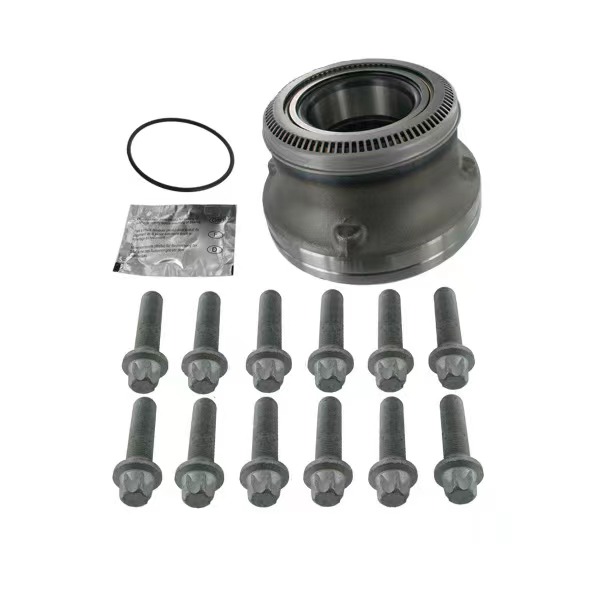Understanding SAF Bearings: Design, Features, and Applications
SAF bearings, also known as Split Pillow Block Housings, are a type of bearing housing commonly used in heavy-duty industrial applications. These bearings are designed to provide support for rotating shafts while also facilitating easy assembly, maintenance, and replacement of the bearings.
In this article, we will discuss the design, features, and applications of SAF bearings to help you understand how they work and why they are important in many industrial settings.
Design of SAF Bearings
SAF bearings consist of two parts: the bearing and the housing. The housing is split into two halves, which allows for easy installation and removal of the bearing. The two halves of the housing are connected by bolts, which also serve to provide a tight seal to protect the bearing from contaminants and ensure proper lubrication.
The bearing itself is typically a spherical roller bearing, which is designed to accommodate misalignment and high radial loads. The spherical shape of the roller allows for smooth operation even when the shaft is not perfectly aligned with the housing.
Features of SAF Bearings
One of the key features of SAF bearings is their split housing design, which makes them easy to install and remove. This design also allows for easy inspection and maintenance of the bearing, which can help prevent downtime and reduce maintenance costs.

Another important feature of SAF bearings is their robust construction, which makes them ideal for use in heavy-duty industrial applications. The housing is typically made from cast iron or steel, which provides excellent strength and durability even in harsh operating conditions.
SAF bearings also come with a range of optional features to meet specific application requirements. For example, they can be equipped with seals to prevent contamination or with cooling fans to dissipate heat generated by the bearing.
Applications of SAF Bearings
SAF bearings are commonly used in a variety of industrial applications, particularly those involving heavy machinery and equipment. They are often used in mining, pulp and paper, steel manufacturing, and other industries where heavy loads and harsh operating conditions are common.
One example of an application for SAF bearings is in conveyor systems. Conveyor systems are used to transport materials from one location to another within a factory or production facility. These systems typically involve long shafts with multiple bearings supporting the weight of the conveyor.
SAF bearings are ideal for use in conveyor systems because of their ability to accommodate misalignment and high radial loads. The split housing design also makes it easy to replace bearings when they wear out, which can help prevent downtime and reduce maintenance costs.
Another common application for SAF truck bearings is in mining equipment. Mining equipment is often subjected to harsh operating conditions, including high shock loads and heavy vibration. SAF bearings are able to withstand these conditions and provide reliable support for rotating shafts.
Conclusion
SAF bearings are an important component in many industrial applications, providing reliable support for rotating shafts while also facilitating easy installation, maintenance, and replacement. Their split housing design, robust construction, and ability to accommodate misalignment and high radial loads make them ideal for use in heavy-duty machinery and equipment.
By understanding the design, features, and applications of SAF bearings, you can make informed decisions when selecting bearings for your own industrial applications. Whether you are working in mining, pulp and paper, steel manufacturing, or any other industry that relies on heavy machinery, SAF bearings are a reliable and efficient solution for your bearing needs.


